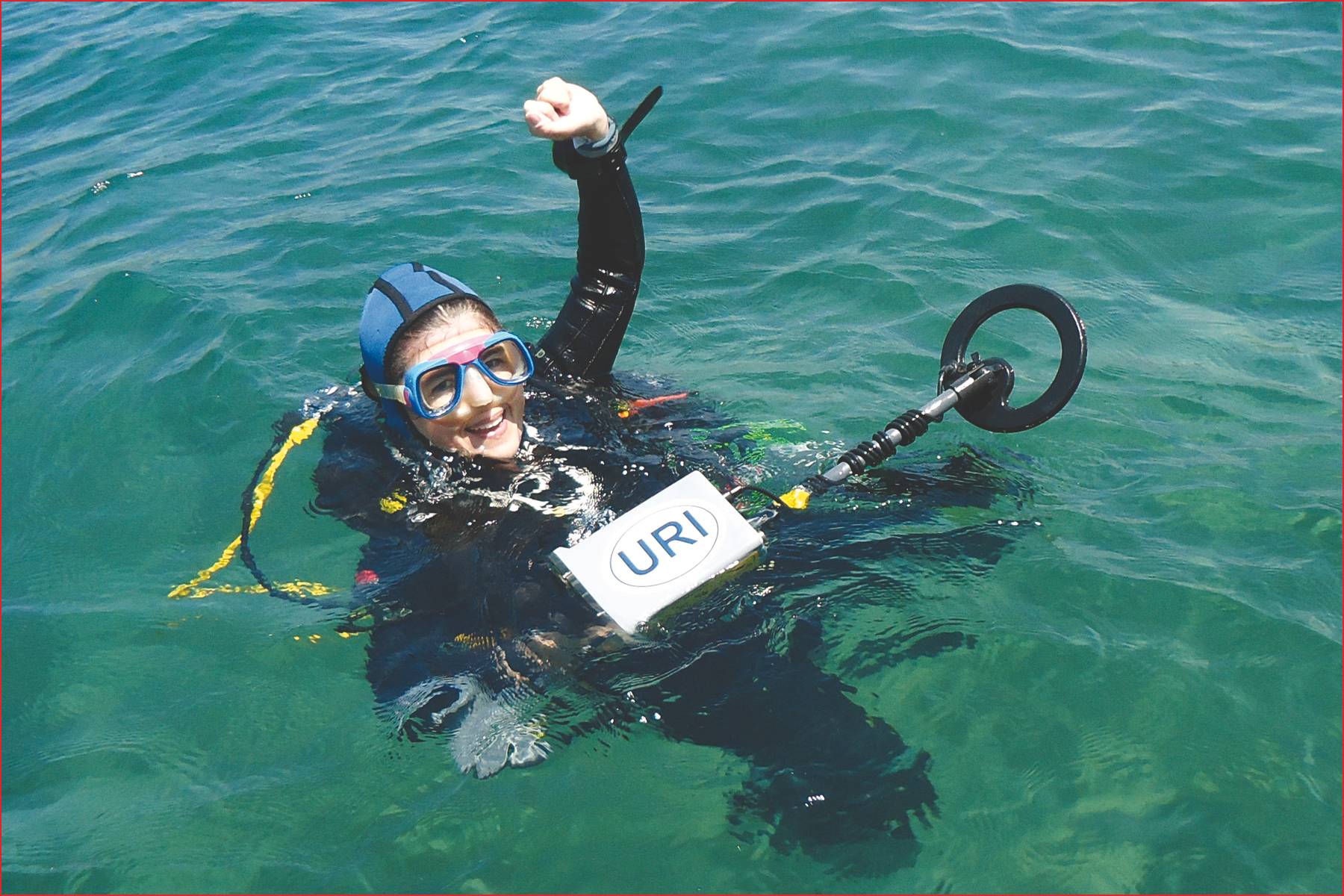Archaeologists go deep to uncover history
- On 02/02/2012
- In Underwater Archeology
- 0 comments
From Marine Link
Many universities are adding or expanding their underwater archaeology programs in an effort to give students a broader educational experience and a better understanding of our maritime history.
The field of underwater archaeology is expanding rapidly as the equipment required for marine exploration becomes more affordable, and more scientists and researchers learn to scuba dive. Indiana University (IU) Bloomington has one of the oldest academic diving programs in the country.
Professor Charles Beeker is the director of the school’s Office of Underwater Science and Educational Resources (USER) and also a member of the Marine Protected Areas Federal Advisory Committee, part of NOAA.
He has directed numerous shipwreck projects in the US and Caribbean and is a pioneer in preserving wreck sites as underwater museums.
In addition to his extensive knowledge and experience in the history behind these submerged time capsules, he is also an accomplished diver.
The current focus of Indiana’s archaeology program is the wreck of the Quedagh Merchant.
The ship was reportedly captained by the pirate William Kidd as he raced to New York in ill-fated attempt to clear his name.
The ship went down in 1669 off the coast of the Dominican Republic and the wreckage now lies in 10 feet of warm, clear Caribbean water, with cannons and anchors scattered about in plain view.
According to Beeker it is a unique example of 17th century ship construction.
The location makes it ideal for in-depth archaeological study and the perfect place for students to put into practice the methods and techniques learned in the classroom.
“How you put a name on a shipwreck is through scientific research, analysis of wood samples, determining composition of the ballast stones and the type of ship construction.” says the professor.
America NOAA archaeology shipwreck
Add a comment
